by Donnie MacGowan
With minor local exceptions, the rocks of the Big Island of Hawaii are made up almost entirely of eruptive volcanic effluent—lava and ash, and sediment derived from eroding and weathering lava and ash. As such, it doesn't seem a likely place to hunt fossils. After all, the lava pours from the vents on Hawaii's volcanoes at between 1100° and 1130° C and even the hardened crust on the top of an active flow can be as hot as 600°C. It seems like the advancing lava ought incinerate everything in its path and leave no trace of organic matter behind as fossils.
Or would it? Sometimes things in nature don't always act the way we expect them to.
As a child, my mind, when not actually occupied with thoughts of dinosaurs, was chiefly occupied with thoughts of volcanoes or thoughts of fossils. It's scarcely surprising, then, that I grew up to be a geologist, but when I eventually washed-up on the shores of the Big Island, I thought I'd landed in heaven—five volcanoes, three of them active! But as I explored my new home I found more and more examples of where Hawaii's volcanoes had preserved fossils of plant and animal life.
To be sure, owing the the extreme temperatures of the lava, these fossils tend to be molds or casts, but they are abundant and fascinating. More delicate fossils are contained in ash deposits, but so far, these have been only marginally explored.
Let's take a quick tour around the island of Hawaii and look at some of the remarkable, amazing, lava fossils of Hawaii.
Lava Tree State Monument
Let's start down in Puna District, just a few miles south of Pahoa Town. At Lava Trees State Monument fingers of lava poke vertically at the sky, remnants of a flow that that passed through a wet ohi'a tree forest in 1790. The flowing lava enveloped the wet ohi'a trees, cooling and congealing around them. As the lava flow drained away down nearby cracks, the fingers of cooling lava were left behind. The remnants of the trees were burned and rotted away, so today these stubby towers are hollow.
Mauna Loa Tree Molds, Hawaii Volcanoes National Park
But what happens if the lava doesn't drain away and leave the fingers behind, but rather cools in place around the trees? An example of this can be found along the Mauna Loa Road, in the part of Hawaii Volcanoes National Park that is north of Highway 11. Here, large acacia koa trees (the same kind of trees that are currently growing around the parking area) were buried 10-30 feet deep in lava erupted by Kilauea some 700-800 years ago.
The wet trees chilled and cooled the lava as it surrounded them and thus they were insulated from the intense heat of the surrounding flow. The cooling was rapid enough to preserve the shape, even the texture of the bark, of the trees, though the trees themselves burned away.
Tree Molds on Mauna Loa in 700-800 Year Old Basalt, Hawaii Volcanoes National Park, Hawaii: Photo by Donnie MacGowan
Kalapana-Waikupanaha
But tree trunks are not the only casts and molds that are preserved in molten lava. Sometimes even quite small items, such as coconuts and fruits are preserved with incredibly finely-detailed impressions. Down in the Kalapana-Waikupanaha area of Puna, up against the eastern border of Hawaii Volcanoes National Park, the lava surface is between 30 years and 30 minutes old.
Trails leading out to both Kaimu Black Sand Beach and the Waikupanaha Ocean Entry Lava Viewing Area are literally punctuated with preserved palm fronds, pandanus fruit, coconuts and other vegetation debris. The hiker has only to keep his eyes sharp to find hundreds of examples of where the lava has preserved, sometimes in astonishing detail, the forest it flowed through.
Devastation Trail, Hawaii Volcanoes National Park
As I mentioned earlier, however, sometimes other volcanic processes also preserve fossils. Along Devastation Trail in Hawaii Volcanoes National Park are some well-preserved tree molds—some with the dead tree still standing in them—from hot ash and cinder erupted from the Pu'u Pua'i vent on Kilauea Iki in 1959.
This eruption produced fire-fountains some 1900 feet tall, showering the downwind region with hot ash and cinders. Some of the pieces of volcanic material were so hot they welded together after landing, others were so cool the trees they buried didn't burn. Many trees were completely buried or burned away, but you can still see some, standing above the level of the ground, in what will be tree molds when the trees eventually rot away. There are also numerous examples of already empty tree molds along the trail.
Warrior Footprints Trail, Hawaii Volcanoes National Park
Not all the fossils, molds and casts we find in ash and cinder deposits are from plants, either. Although the Hawaiian volcanoes have a reputation as being quiet and well-behaved, rarely violent in their eruptions, such is not always the case. There are quite thick and extensive ash deposits indicating episodes of intensely violent eruption. Called “phreatomagmatic“, these eruptions get their power and violence from ground water entering the magma chamber and flashing to steam, blowing ash high into the atmosphere. Many times the ash produced in these eruptions preserves the material it covers in quite fine detail. One such case can be visited along the Ka'u Desert/Warrior Footprints trail in Hawaii Volcanoes National Park.
In 1790, a party of warriors was passing by Kilauea on their way to make war on Kamehameha the Great. 400 men, women and children were caught in a giant phreatomagmatic eruption and suffocated where they stood. Another contingent of warriors, coming upon their companions bodies, momentarily thought them merely sleeping until they realized their comrades were all dead. Molds of the footprints left by this second set of warriors are preserved in the ash along the Warrior Footprint Trail; it's an an eerie hike to see them.
Place of Refuge, Pu'u Honua O Hounaunau
Sometimes we find things on the surface of lava flows which do not look like any kind of natural lava flow structure, but they are also not an obvious mold, cast or fossil. Some of these features are obvious human artifacts and not fossils at all. Hawaiians would spend days carving out bowl-shaped depressions into the surface of the rock—once made, they could be used for generations. In just such manner, salt pans for evaporating sea water to get salt were constructed. Larger carved depressions were for cooking. Hawaiians would build a fire in these larger depressions until the rock was quite hot. Scooping away the fire and ash, they would add water and food to cook, sometimes continuing to add hot pebbles to keep the water boiling. Although these features are ubiquitous on the Big Island, excellent examples of them can be found all the way along the beach fronting the temple complex at Pu'u Honua O Honaunau over to Two Step Beach on Honaunau Bay.
For more information on traveling to Hawaii in general and touring the Big Island in particular, please also visit www.tourguidehawaii.com and www.lovingthebigisland.wordpress.com. For information about the author, please go here.
All media copyright 2009 by Donald B. MacGowan; all rights reserved.
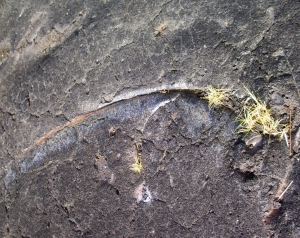
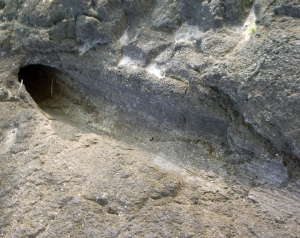
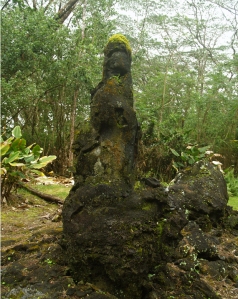
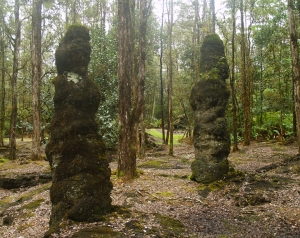
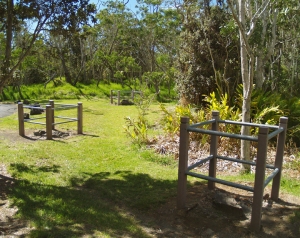
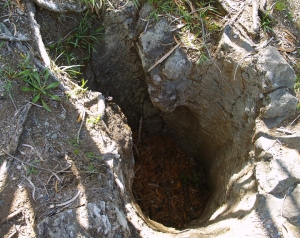
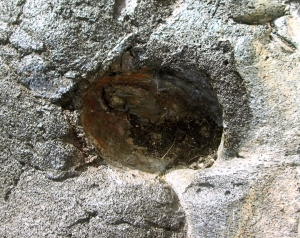


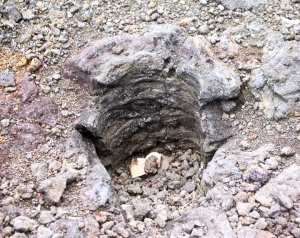
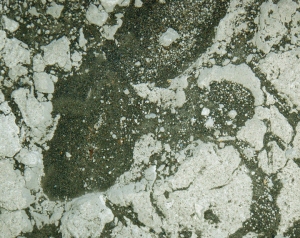
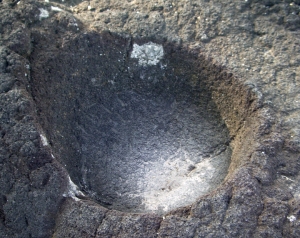
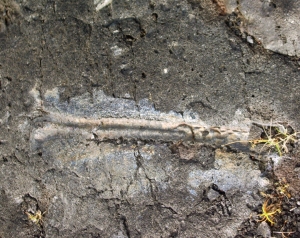

No comments:
Post a Comment